
views
Daily Brushing

Use a soft paint brush with a fine tip. You need to get into the inside of lemon trees while they flower to reach the pollen. Therefore, a paint brush with a fine tip is best to use. You can buy one online or at a craft store. Longer, skinnier paint brushes tend to work best.
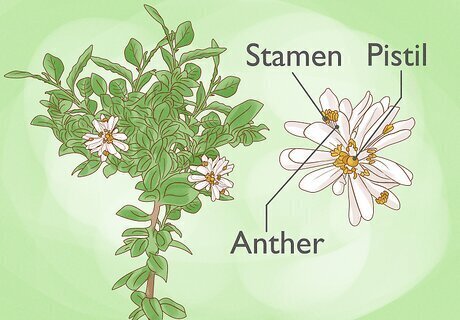
Identify the stamen, anthers, and pistil. If you don't already know the anatomy of flowers, you need to learn this prior to pollinating your lemon trees. The stamen, anthers, and pistil all play a role in the pollination process, so make sure you know where to find these parts of the plant. The stamen is found deep within the flower. It's a tiny, bulb-shaped piece of the plant found within the center of the flowers. The anthers are tiny buds found at the end of the thin stems sprouting from the center of the flower. The pistil is found inside the stamen. While you may not be able to see it, you can access it with your paint brush by brushing deep within the flower. When it is receptive to pollen, the top will become sticky.
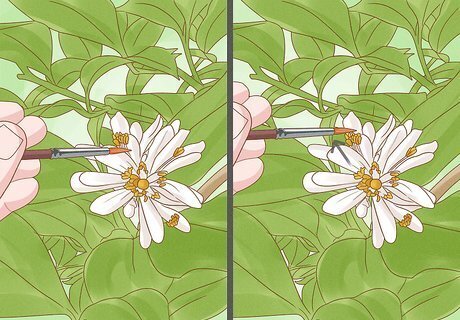
Brush the anthers and stamen. Take your paint brush and insert it between the leaves of the flower. First, brush it against the anthers. Then, move it inward and brush it against the tip of the stamen.
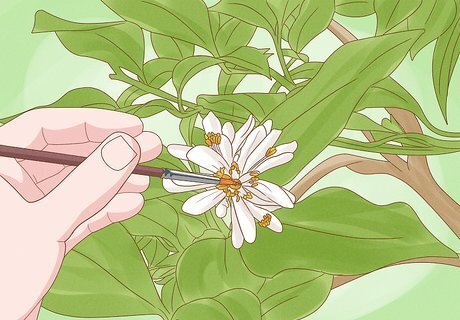
Transfer the pollen to the pistil. After you get some sticky pollen on your paint brush, transfer the pollen to another flower. Insert your brush into the center of the flower and brush it around to pollinate the pistil.
Pollination Tips
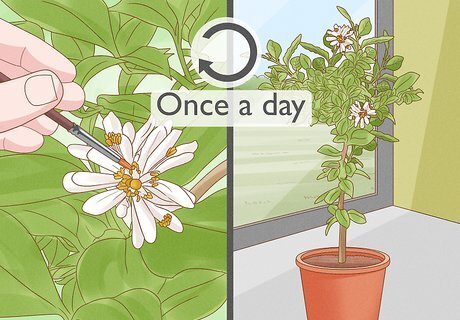
Pollinate your trees once a day. When kept indoors, regular pollinating is key to getting your lemons to grow. At least once a day, pollinate all the flowers on your lemon tree. With persistence, you will begin to see results as lemons grow. Pollinate your trees as soon as they start to bloom. The precise time of year your trees will bloom depends on your region and climate.
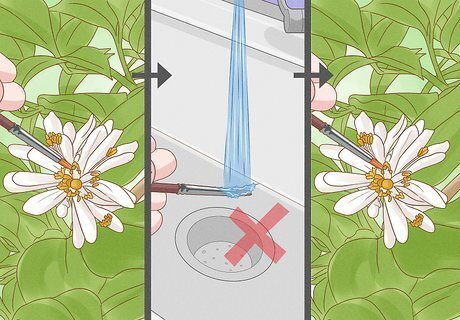
Avoid washing the paint brush while pollinating. There is no significant difference between the pollen in one flower and another flower. Therefore, there is no need to wash your paint brush during the pollination process. Refrain from washing your brush until you've pollinated all your flowers.
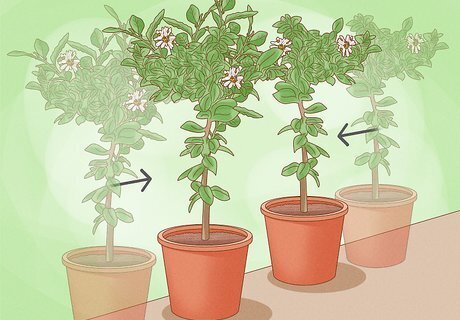
Place two trees close together. If a bee occasionally gets into your home, it can do some pollinating for you. This generally occurs most effectively if lemon trees are close together. This encourages cross pollination so, if you have two trees, keep them side by side.
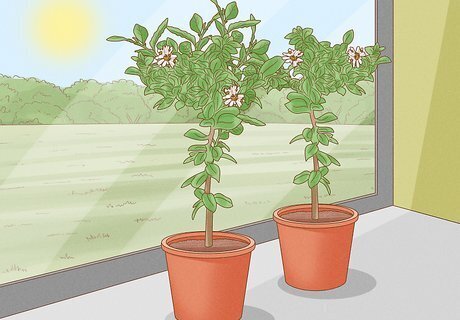
Make sure your trees get plenty of sunlight. Keep your trees by a window, on a balcony, or near another source of sunlight. Pollination on its own will not make lemons grow in the absence of sunlight.
Common Mistakes
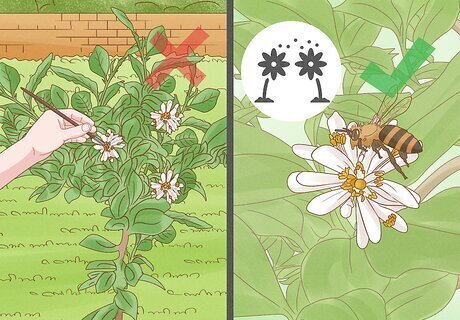
Do not waste time pollinating outdoor trees. There is no need to pollinate lemon trees that are kept outdoors. They will be pollinated naturally by bees. Pollinating outdoor trees is extra work that's not necessary.
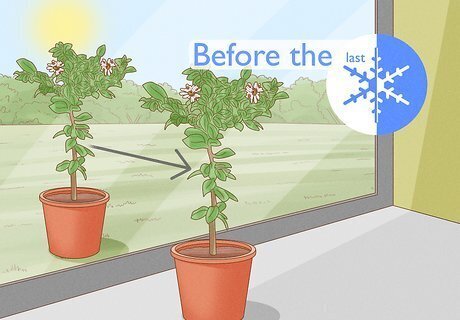
Move trees that bloom early indoors. If you do keep lemon trees outdoors, keep an eye on when they bloom. If your trees bloom before the last frost date, uproot them and move them indoors. Lemons may not grow if flowers begin to bloom when it's still cold out.
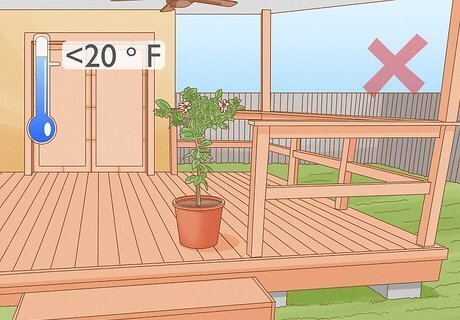
Monitor the temperature closely. Lemon trees cannot withstand temperatures cooler than 20 degrees Fahrenheit (-7 degrees Celsius). If you're keeping your trees on a balcony or porch, make sure to move them elsewhere if the temperature drops.




















Comments
0 comment